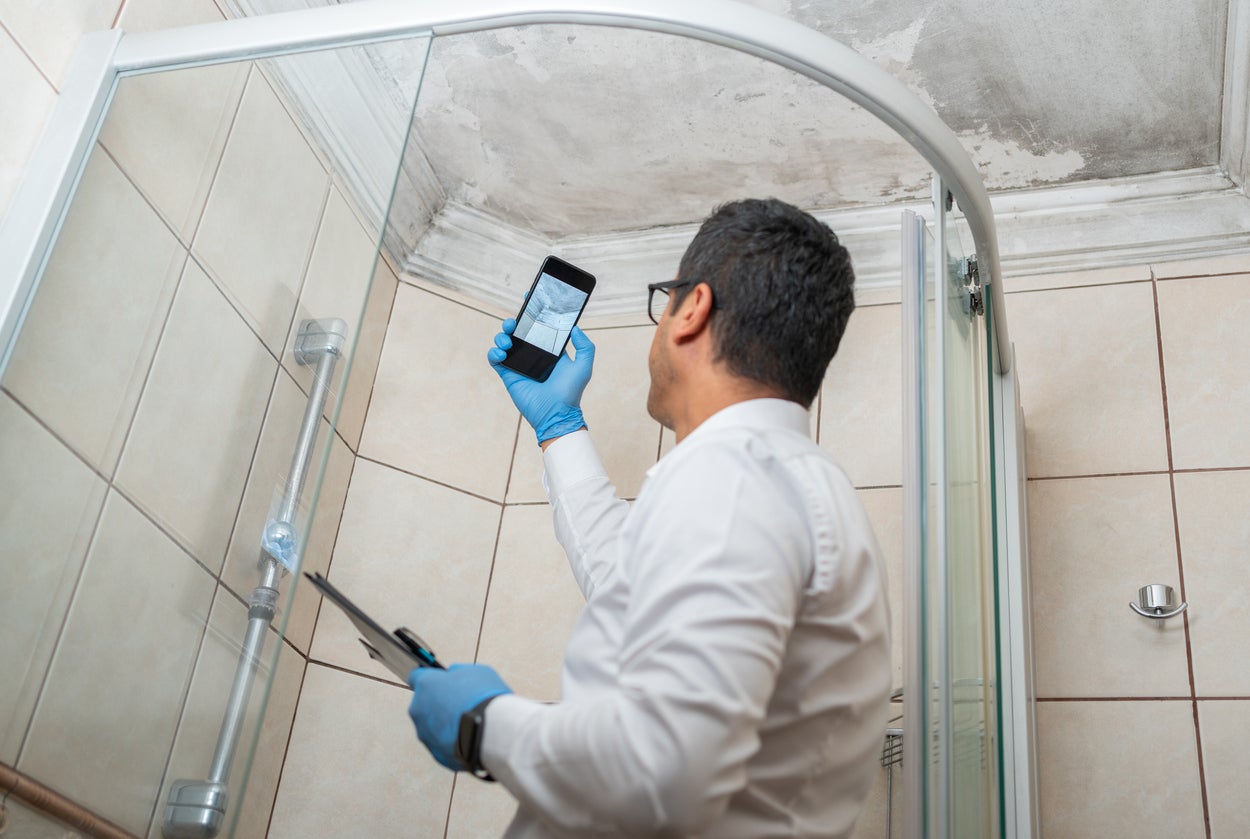Effective Post Mold Remediation Cleaning Protocols
Wiki Article
Effective Post Mold Remediation Solutions for Your Home
Mold and mildew growth in homes can be a consistent issue, often calling for a methodical method for effective post-remediation solutions. From recognizing the variables that add to mold and mildew development to applying correct cleansing techniques and moisture control procedures, the process can be intricate yet vital for preserving a healthy and balanced living environment. Post Remediation verification.Understanding Mold And Mildew Growth Variables
The primary variable contributing to mold growth is wetness. Mold and mildew spores need wetness to germinate and flourish, making damp or humid settings highly prone to mold invasions.
Moreover, air movement and light direct exposure can impact mold and mildew development. Areas that lack appropriate ventilation and natural light are much more vulnerable to mold and mildew development. By resolving these factors thoroughly, individuals can effectively minimize mold and mildew growth and secure their living atmospheres.
Correct Mold Cleaning Methods
Using efficient cleaning techniques is crucial in addressing and preventing the reappearance of mold and mildew contamination in indoor environments. The first action in appropriate mold and mildew cleaning is to contain the affected area to stop the spread of spores to uncontaminated locations.
Applying Dampness Control Actions
To properly protect against mold development and contamination in indoor environments, applying dampness control measures is paramount. Additionally, ensuring correct ventilation in locations vulnerable to moisture accumulation, such as kitchen areas and shower rooms, can aid lower the risk of mold and mildew growth. By vigilantly implementing these dampness control steps, homeowners can successfully decrease the chance of mold and mildew recontamination and preserve a healthy indoor environment.Utilizing All-natural Remediation Solutions
After successfully applying moisture control procedures to avoid mold and mildew growth in indoor environments, homeowners can currently discover the performance of all-natural removal services in maintaining a healthy living room. Natural remediation services make use of eco friendly techniques to deal with mold and mildew, making them a popular selection for those seeking non-toxic options. One such service is utilizing vinegar, an all-natural antimicrobial representative, to disinfect and clean surface areas contaminated by mold and mildew. Simply dilute vinegar with water and spray it onto the influenced locations, enabling it to rest for a couple of hours before wiping my blog tidy. Additionally, tea tree oil, recognized for its antifungal residential or commercial properties, can be combined with water and splashed onto mold-infested surfaces to inhibit further growth. Another natural choice is hydrogen peroxide, which can successfully kill mold and mildew on numerous surfaces without leaving hazardous residues behind. check here By incorporating these all-natural remediation remedies into their cleansing regimens, house owners can properly deal with mold and mildew growth while advertising a healthier indoor environment on their own and their family members.
Preserving a Mold-Free Setting
In order to avoid mold and mildew reoccurrence and guarantee a constantly mold-free setting, it is vital for home owners to execute proactive upkeep techniques. Consistently examining areas susceptible to mold development, such as washrooms, attics, cooking areas, and cellars, is essential. Resolving any type of leakages, water damages, or excess dampness quickly can substantially minimize the risk of mold and mildew advancement. Post Mold Remediation. Appropriate air flow in areas with high humidity levels is likewise key to stop mold and mildew growth. Utilizing dehumidifiers or exhaust followers can aid maintain optimum dampness degrees and inhibit mold spores from flourishing.Furthermore, keeping sanitation in the home is crucial for mold and mildew prevention. Maintaining indoor plants in check and making certain appropriate water drainage in exterior landscape design can lessen wetness build-up, reducing the possibility of mold and mildew infestations.
Conclusion
Finally, it is vital to address mold growth variables, make use of proper cleansing methods, apply moisture control measures, utilize natural removal solutions, and maintain a mold-free setting in order to effectively manage article mold removal see it here in your home - Post Mold remediation cleaning. By following these approaches, you can stop mold from reoccuring and make sure a healthy living atmosphere for you and your family members
The primary factor contributing to mold development is moisture. Mold spores require wetness to grow and germinate, making damp or damp atmospheres highly susceptible to mold and mildew problems.To efficiently stop mold and mildew growth and contamination in indoor atmospheres, executing moisture control procedures is extremely important. Furthermore, making certain proper air flow in locations vulnerable to moisture accumulation, such as shower rooms and kitchens, can aid minimize the danger of mold development.After successfully implementing moisture control measures to prevent mold growth in indoor environments, property owners can now explore the performance of all-natural remediation remedies in maintaining a healthy living space.
Report this wiki page